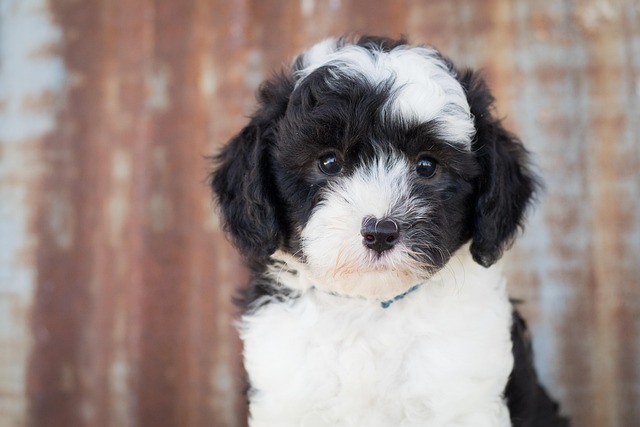
How do i train my dog to be obedient?
Watching your dog dart across the park ignoring your calls isn’t just frustrating—it can put them at risk near busy streets or public spaces.
That moment on your neighborhood walk when your dog lunges, barks, and strains at the leash at the sight of another canine is both embarrassing and deeply worrying. It’s important to reframe this not as your dog being "bad," but as them being overwhelmed. This reactivity is typically a cocktail of fear, frustration, or a lack of proper social skills, often called leash reactivity. Your first move shouldn't be to yank the leash, but to understand that this is a cry for help and that managing dog reactivity requires a patient, structured plan that prioritizes everyone's safety.
The behavior is rooted in your dog's emotional response, not a desire to be dominant. Their amygdala, the brain's fear center, is hijacked, triggering a fight-or-flight response. Punishing this fear-based reaction—by yelling, jerking the leash, or using aversive tools like shock collars—is catastrophic. It confirms your dog’s worst fear: that the approach of another dog predicts something bad happening from you. This worsens their anxiety and aggression. The only scientifically and ethically sound approach is counterconditioning and desensitization, a method that changes your dog's emotional association from "Dog = Threat!" to "Dog = Amazing Things Happen!". This force-free philosophy is a cultural cornerstone of modern dog training in Europe and North America, where methods causing pain or distress are increasingly frowned upon and even legislated against.

Your practical work begins with mastering distance and observation. Identify your dog's "threshold"—the distance at which they notice another dog but haven't yet reacted. This might be 50 feet away in a large park. At this precise distance, the moment your dog looks at the other dog, you become a treat dispenser. Use incredibly high-value rewards like real chicken or cheese. You are not asking for a 'sit' or a 'look at me'; you are simply pairing the sight of a trigger with something wonderful. If they react, you were too close. This requires immense patience. For daily management, change your walk schedule to quieter times, use visual barriers like parked cars, and always be prepared to create space. This is the core of a dog reactivity training plan.
This responsible approach is inextricably linked to your legal and community duties. A reactive dog must be a vaccinated dog; ensuring your pet’s rabies and distemper shots are current is a fundamental legal requirement and a critical layer of public health protection, especially considering the potential for a scuffle. Your commitment to safety extends to impeccable public etiquette. This means your dog must be securely leashed with a well-fitting harness (never a retractable leash) in all public areas. Meticulously cleaning up after your dog is non-negotiable; it’s the law in most U.S. cities and a basic sign of respect that maintains your standing in the community. For apartment dwellers, this is paramount—using stairwells at off-hours and promptly leaving common areas minimizes stressful encounters. Success isn't about creating a social butterfly; it's about fostering a calm, neutral response, ensuring peaceful coexistence for everyone.

Watching your dog dart across the park ignoring your calls isn’t just frustrating—it can put them at risk near busy streets or public spaces.

New puppy owners often find themselves rushing to clean up accidents before they set in, and that’s where puppy pad training becomes a game-changer.

If you've noticed your dog's waistline disappearing and your veterinarian has mentioned those few extra pounds, your first instinct might be to simply reduce the amount of food in their bowl.

Training a dog to use a designated spot indoors isn’t as daunting as many new owners fear, but it does take consistency and an understanding of your pet’s needs.

That moment of dread on a walk is all too familiar for many new dog owners. You see another dog approaching down the sidewalk of your neighborhood

If the sight of another dog on your neighborhood walk makes your heart sink as your own dog erupts into a frenzy of barking and lunging, you're not alone.